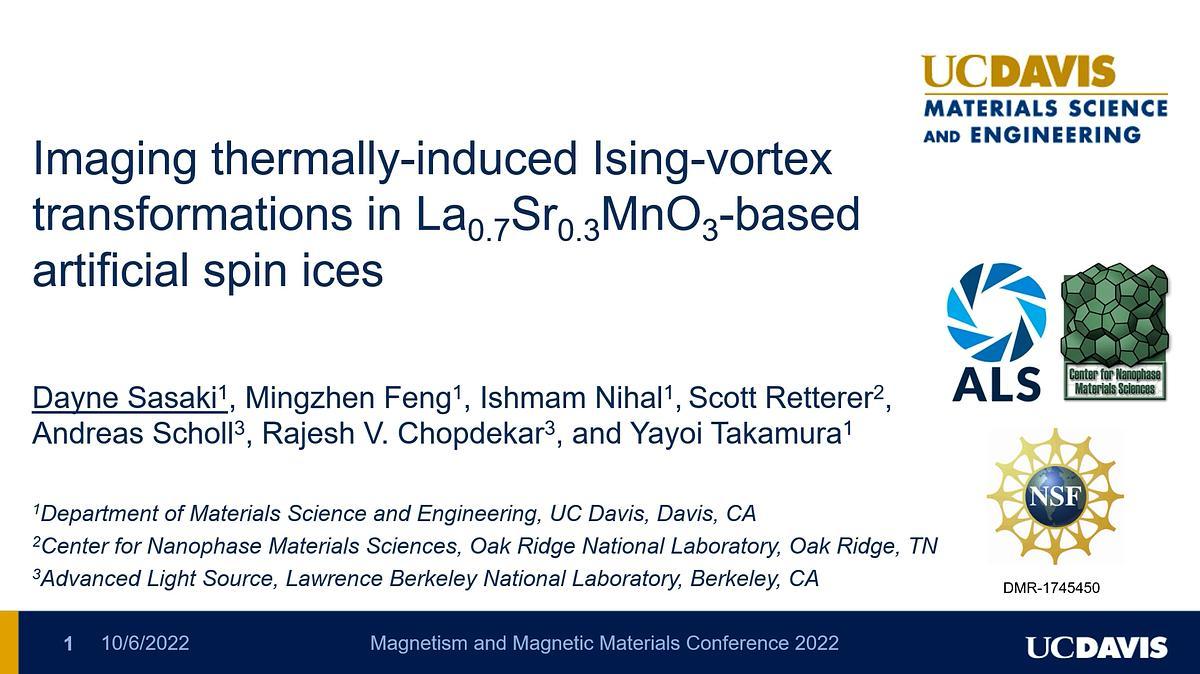
Premium content
Access to this content requires a subscription. You must be a premium user to view this content.

technical paper
Imaging thermally induced Ising
Artificial spin ices (ASIs) are arrays of Ising-like magnetic nanoislands that are of interest for investigating fundamental physics as well as designing information processing devices. Recent efforts have pushed ASIs beyond the Ising model by using systems capable of possessing both Ising and complex spin textures (CSTs) such as vortices, which alters the nature of dipolar coupling and gives rise to exotic physics in existing ASI lattices 1-3. CST-Ising studies in metal-based ASIs have primarily focused on field-dependent properties, as temperature-dependent experiments present challenges for metal-based systems. However, we have found that ASIs fabricated from the epitaxial complex oxide La0.7Sr0.3MnO3 (LSMO) can facilitate studies of CST-Ising formations in thermally active ASIs. CST-Ising formations in thermalized LSMO ASIs occurs through a careful balance of inter- and intra-island energetics enabled by the LSMO magnetic parameters 1. Using x-ray photoemission electron microscopy (XPEEM) to perform magnetic domain imaging, we studied the thermal evolution of ex situ magnetized LSMO-based brickwork ASIs using a series of short (~5 min) annealing steps at 350 K (near LSMO bulk Tc ~ 370 K). We observed that the spin texture evolution can be tuned through the ASI lattice parameter, a. While ASIs with a = 600 nm formed only Ising states and experienced a few spin flips (~1 % of nanoislands) between annealing steps, ~20% of initially Ising nanoislands transformed into CSTs after the first annealing step for ASIs with a = 638 nm. Furthermore, we observed that thermal fluctuations in nanoisland domain states can occur through several different routes including Ising spin flips and transformations in magnetization topology (i.e., Ising-to-CST, CST-to-Ising, and CST-to-CST states). These results suggest the potential to introduce exotic kinetics in existing ASI lattices and would provide further insights into designing magnetically-reconfigurable computing architectures.

